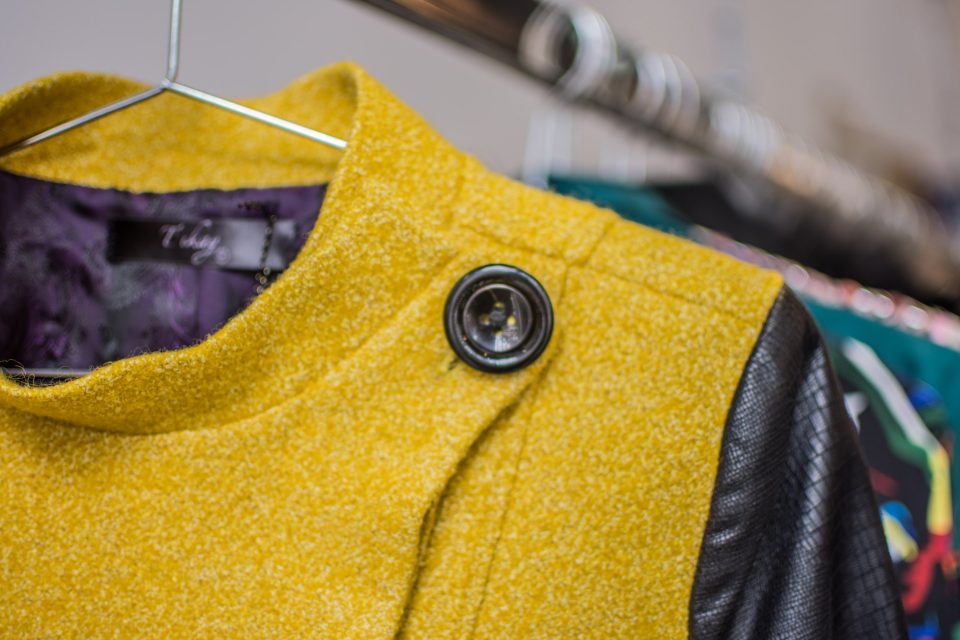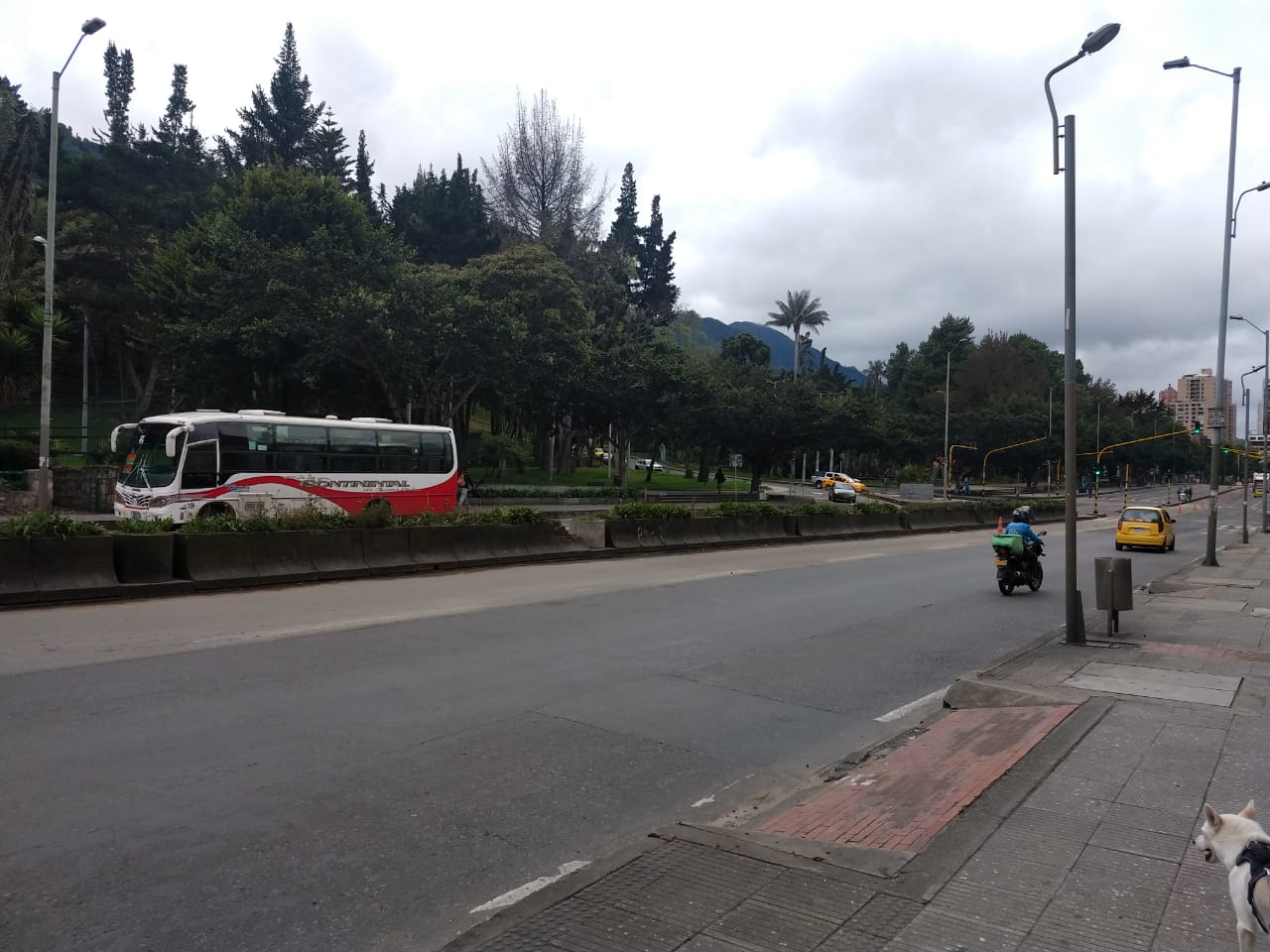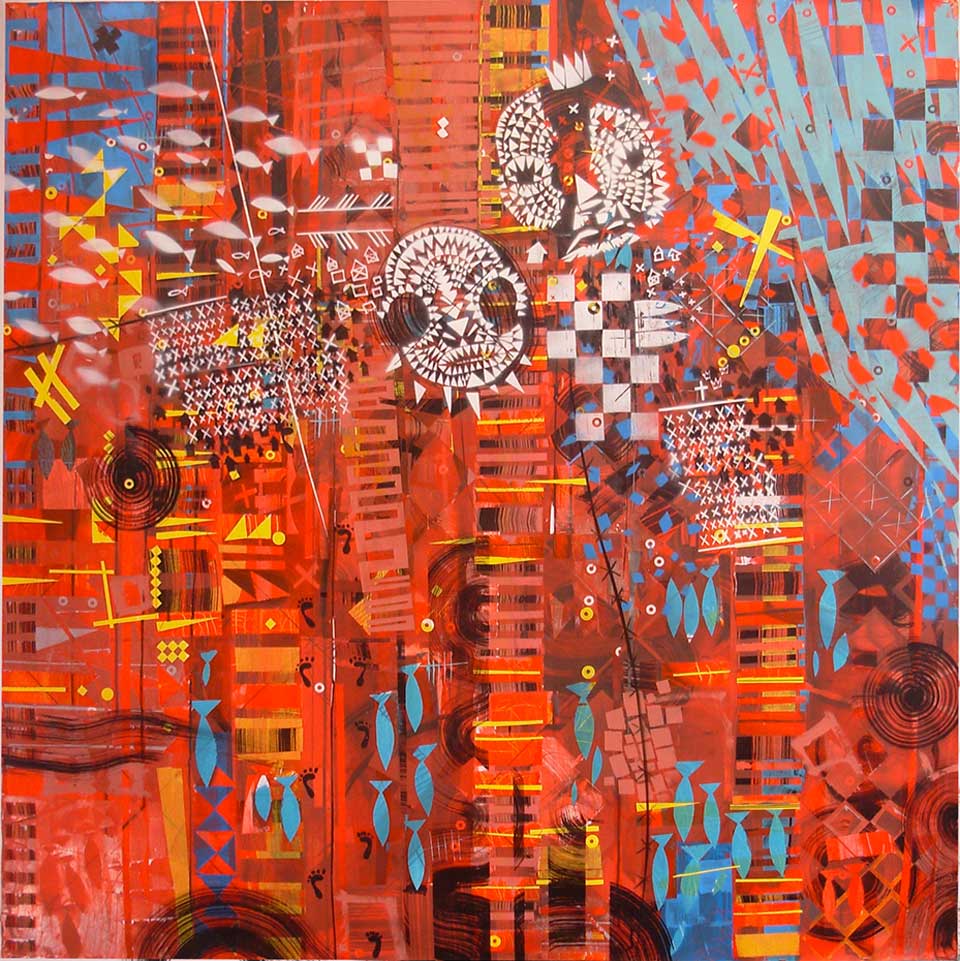
Redsquare. Pictures: Wilson Borja
As part of our special on Día de la Afrocolombianidad, artist Wilson Borja chats to Phoebe Hopson about using his craft to express his political views, and the whitening and appropriation of black culture.
Graphic designer, illustrator and cartoonist Wilson Borja makes art that is as visually striking as the challenging questions he poses about modern day society, inside and outside Colombia. “I’m interested in the phenomenon of the African diaspora, the phenomenon of migration and the implications of this for a country,” he says, showing us around his studio in La Soledad, Bogotá.
Having worked as an illustrator for editorials like Malpensante, Borja’s art is very much politically-toned and falls under the umbrella of artivismo – the fusion of art and activism, much like contemporaries Banksy and Ai Weiwei. In his last exhibition Borja investigated and explored different aspects of forced and voluntary migration through a series of paintings and animations.
Heavily inspired by the thinking of scholars Lynette Kvasny and Kayla Hales who describe the African diaspora as “belonging to everywhere but not to anywhere,” Borja’s work often resembles maps. “Wherever I travel I always look at the maps, there is so much information, that goes beyond location, for example the way that Latin American cities are built similar to European cities.”
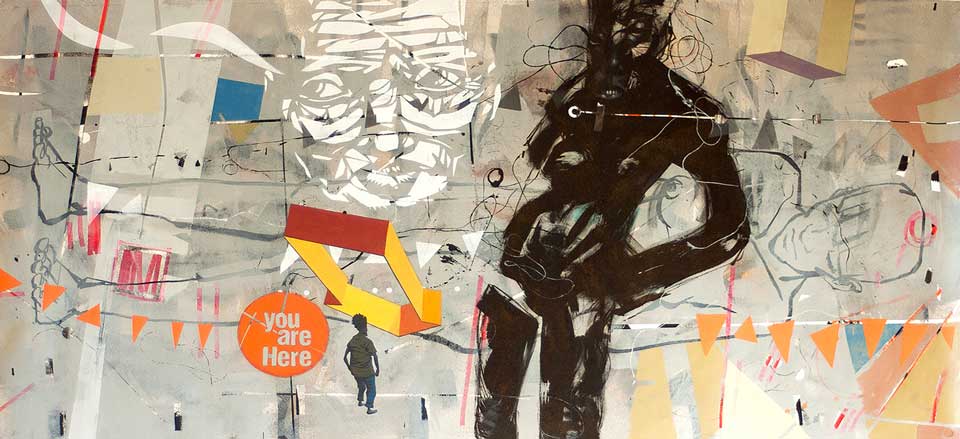
Intersections.
His current project Más blanca no se puede (you can’t get any whiter), uses bleach to de-colour black material to question the whitening and appropriation of black culture in Colombia and other countries around the world. “This process is part of colonialism. Different countries take on black culture, but never acknowledging where it comes from,” he explains. “For example in the US, in jazz, blues and rock ’n’ roll, the main representatives end up being white like Elvis.”
For Borja, Colombia is awash with strong contradictions between the visual representation of Afro-Colombians and the reality of their lives. “Take the Palenqueras de Cartagena [Afro-Colombian women wearing brightly-coloured dresses and carrying bowls of fruit on their heads], they have become the image of tourism, you see them when you’re on the plane in the magazine representing Colombia, but they don’t reflect reality, they don’t really dress like that, and if you look at how the Afro-Colombian population live, it’s not like smiley colourfully dressed woman.”
He also points out that the same process of commodifying the image of Afro-Colombians can be seen in Bogotá’s nightlife; “People are consuming the music, they are consuming the culture, but black people are not being called upon.” A further example he gives is Barranquilla’s annual carnival, that clearly has its roots in Africa but remains largely white and mestizo.
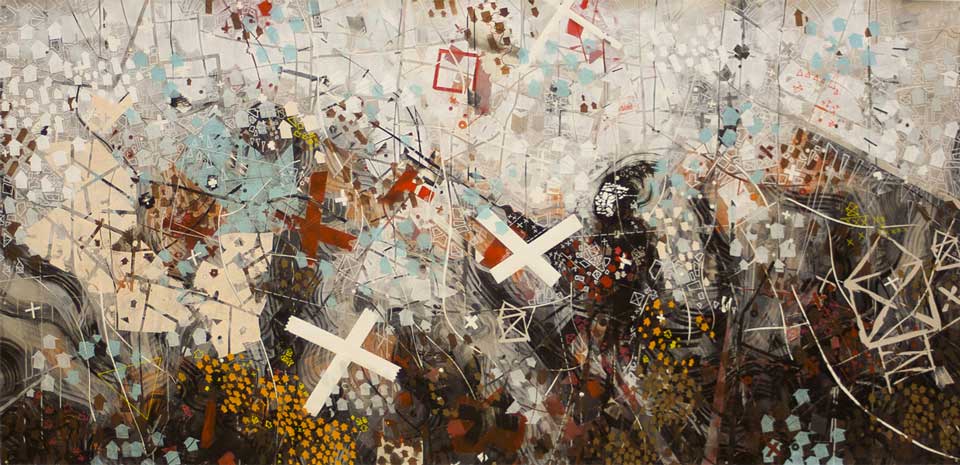
Map.
In Colombia, art produced by Afro-Colombians, unless traditional, is largely ignored by state funding and the artists themselves are often pigeonholed into a traditional box. “There shouldn’t be an Afro-Colombian art category,” he says when asked about the state of Afro-Colombian art in the country.
“Afro art doesn’t exist. There are many creators and not all talk about the issues of Afro-Colombians, and it’s not an obligation, it’s something you choose,” says Wilson Borja, who began his journey into art because of his love of the visual image. Politics and critique were something that developed alongside this.
However, as a member of Agua Turbia, an Afro-Colombian collective in Bogotá, he tells of an experience shared by many Afro-Colombian artists. “We didn’t grow up in the territories, but we were born into bodies that come up against being black in the city. We also practice more contemporary art, this clashes against the stereotype that black culture is only singing and dancing. In Agua Turbia you can find musicians, writers, artists who identify themselves as Afro-Colombian, but create in different and diverse ways”.




